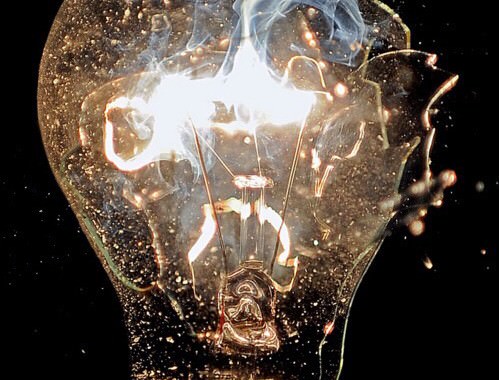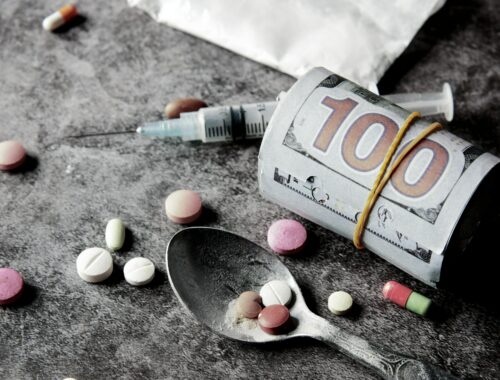By Jennifer McDougall
Heroin is a morphine version of morphine and highly addictive. Like other opiates, heroin blocks the brain’s ability to sense pain, therefore it gives a person a relaxing sensation that is so extreme the use of this drug often times leads to death. Many times, those abusing drugs and alcohol will do their best to conceal the use from loved ones or co-workers.
What is Heroin?
Known as “smack,” “china white,” or simply “dope,” heroin is a powerful narcotic and a member of the opioid class of drugs. The opium—from which heroin is ultimately derived—comes from poppies grown in Asia and in particular regions of Afghanistan (a country that produces almost 80 percent of the world’s supply). To collect the alkoloids necessary for heroin production, workers make small cuts on the seed pods of poppies, collecting the milky juice that they produce. Alkalaids in poppy juice can then be refined into three main chemicals—the sedatives morphine and codeine, and the stimulant thebaine. Those who manufacture heroin synthesize the drug from morphine, creating an extremely addictive painkiller that will produce an intensely euphoric high.
What Does Heroin Look Like?
In its purest form, heroin is a fine white powder—though different manufacturing methods can results in lower quality heroin that will take on a brown, granulated appearance. On the street, heroin can have a wider variety of appearances, depending on creation methods and purity levels. Distributes and heroin dealers often mix less expensive drugs or chemicals with pure heroin, in order to increase profits and lower production costs. Powdered heroin is often encased in vials or enveloped in folded pieces of paper when a single dose is purchased.
Signs of Use or Abuse:
- Sudden changes of behavior
- Small pupils
- Dry mouth
- Disorientation
- Needle track marks on arms
- Hyperactive alertness followed by suddenly nodding off (fading in and out of consciousness)
- Burnt silver spoons laying around
- Foil or wrappers with burn marks
- Needles or syringes with no known medical purpose
- Pipes
- Users tend to avoid eye contact
- Lack in interest of hobbies or motivation
- Poor work performance or sudden loss of employment
- Makes frequent comments about poor body image or a lack of self-esteem
- Stealing or borrowing money from loved ones then disappears for an extended time
- Wears long pants and long sleeves in hot weather to cover up track marks
Is Heroin Legal?
No. Heroin is considered a Schedule I Drug in the United States, it is illegal to make, sell, trade, or possess. According to the Controlled Substances Act in the United States, Schedule I drugs like heroin must induce a euphoric “high,” carry a high likelihood of abuse, and be unsafe to use, with commonly accepted medical use.
Side Effects of Heroin (Short Term & Long Term):
- Reduce feeling of pain
- Sedation
- Slow heart rate
- Lower than usual body temperature
- Itchy skin
- Weight loss
- Liver disease
- Bacterial infections
- Seizures
- Difficulty taking deep breaths
- Shortness of breath
- Clouded mind
- Collapsed veins
- Risk of overdose, cardiac arrest, heart attack, and death
Call Passages Addiction Treatment Centers today if you or a loved one is battling an addiction to drugs and/or alcohol. Our admissions department is available 24/7 and can be reached directly by calling our toll-free number at (888) 397-0112. We look forward to speaking with you soon.
Passages, Where Addiction Ends and Life Begins™
Follow Passages Malibu on Facebook, Twitter, and Instagram.
Image via We Heart It




